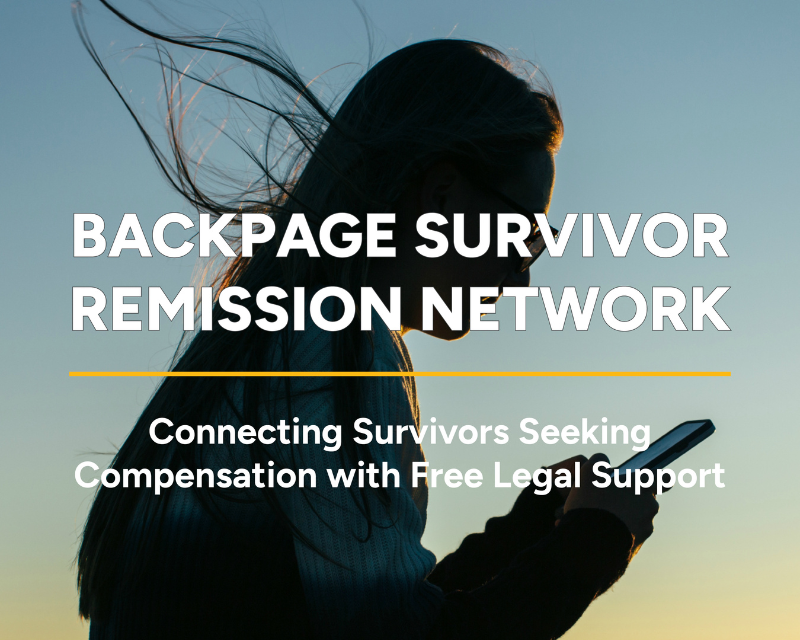
Photo Credit: Marcell Rev/HBO
It was a brief scene, almost a throwaway line, in an episode or two. But somehow, the writers of the popular HBO series Euphoria managed to get a lot right about how human trafficking actually works – while maintaining some serious dramatic tension. That’s the kind of nuanced storytelling about human trafficking we are hoping our new guide for entertainment writers, producers and directors, Telling the Real Story of Human Trafficking, will help spread.
Sign up to learn more about human trafficking
To recap: in the third episode, the main character, Rue, becomes involved with a drug dealer named Laurie. The dealer warns Rue, who is addicted to drugs, that if she does not hold up her end of a business deal she will be “kidnapped and sold to some real sick people.” Laurie adds that she “always find[s] a way to make [her] money back.”
Their next interaction is in episode 5, when a desperate Rue finds herself back at Laurie’s house in the throes of withdrawal – despite the fact that she still owes Laurie thousands of dollars and has been threatened as a result. In the encounter between Rue and the drug dealer, Laurie, we get a glimpse into some of the manipulative grooming and recruitment tactics we often see employed by traffickers.
- Establishing a Rapport: As part of the grooming process, traffickers will often attempt to establish a bond by listening, providing support and making it seem like they truly want to get to know and help their victims. Laurie attempts to connect with Rue by telling her how she went from being a school teacher with a family to becoming a drug dealer. She tells Rue that she was an addict so she understands the power Rue’s addiction has over her. Rue expects Laurie to be angry with her, but instead she’s kind and even understanding.
- Creating a Dependency: Once traffickers know what victims want or need, they offer it to them, or at least dangle it in front of them, so the victim feels like they can rely on this person. In many cases, addiction can also be used as a method of control to keep the victim in the situation once the trafficking begins. After empathizing with Rue, Laurie offers to get her cleaned up and give her a place to stay for the night. She also intentionally attempts to escalate Rue’s drug use to intravenous drugs while she is at her most vulnerable. This is also a critical part of the grooming process – meeting needs.
- Imposing a Debt: Laurie reminds Rue about the debt she owes her and makes it clear that she still expects her to pay it. This step typically comes after the rapport and dependency is established so traffickers can hold what they’ve offered the victim over their head.
- Introducing Exploitation: During their conversation, Laurie tells Rue that she realized when she was using, she would have done anything to avoid withdrawal, then implies that Rue has something that she can easily use to earn money to pay off her debt and support her drug addiction: her body.* Once a trafficker successfully lays the groundwork of establishing trust and meeting their victims’ needs, it becomes easier for them to introduce and ultimately normalize exploitation and abuse.
While the grooming tactics that Laurie employs happen over a short period of time, the typical recruitment process varies from situation to situation. In some cases, traffickers are able to groom and recruit their victim after just one conversation, while in other cases it may take months or even years of building a relationship and gaining trust.
At the end of the episode we see that Rue is able to remove herself from the situation by sneaking out of Laurie’s home in the morning and returning home. Despite the many fan theories out there, we still don’t know what more there is to this story or how it will end, but even with this unfinished storyline, the show has done a good job highlighting some of the realities behind how sex trafficking begins.
Accurate and realistic narratives about human trafficking in television shows and movies can have a significant impact on how many understand the issue and, more importantly, whether or not victims and survivors are able to recognize their own experiences.

Stop human trafficking today
Help fix the broken systems that make trafficking possible so we can prevent it from happening in the first place.
*It’s important to note that in the show Rue is 17 years old. Legally, she cannot consent to engaging in commercial sex so the presence of force, fraud, and coercion would not be necessary to classify her as a victim of trafficking, even though some of those elements were present.


